About Fertility
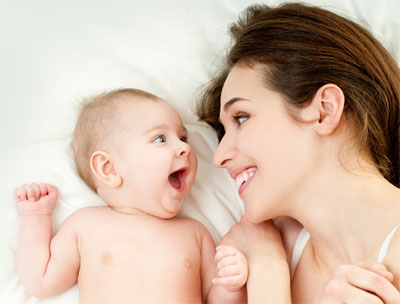 Getting pregnant (fertility) depends on both the woman and the man. A couple might not be able to get pregnant (infertility) because of an issue with the man’s body, the woman’s body, or both.
Getting pregnant (fertility) depends on both the woman and the man. A couple might not be able to get pregnant (infertility) because of an issue with the man’s body, the woman’s body, or both.
Infertility evaluation should be undertaken for couples who have not been able to conceive after 12 months of unprotected and frequent intercourse, but earlier evaluation should be undertaken in women over 35 years of age. Research has shown the frequency of primary infertility or no previous successful pregnancy outcomes in newly married women by age groups was: women 15 to 34 years (7.3 to 9.1 percent), 35 to 39 years (25 percent), 40 to 44 years (30 percent).
In India infertility rate is higher among women in urban areas compared to women in rural areas as per studies done by the National Family Health Survey (NFHS). This data also showed that with an increase in age at first marriage, the capacity for women to bear children also decreases.With an increasing level of educational attainment among women, infertility rate has been shown to increase. This can be related to the fact that with aspirations for attaining higher educational level, marriage is delayed as a result higher age at marriage, urban living style etc, cause a higher infertility rate in this sub group of the population. Standard of living has inverse relation with infertility rate and working women also have a high infertility rate.
When a couple has trouble getting pregnant, doctors often do tests in both partners to try to figure out the cause. The tests include:
Blood tests Estimation of male and female hormone levels. Blood tests to assess ovulation (Ovulation is when an egg is released from the ovary into the fallopian tube. It needs to occur for a woman to get pregnant).
Radiological imaging (Ultrasound scan, Hysterosalpingogram) This scan reveals pictures of the inside of the body and can check if a sex organ is abnormal. (Eg:) – Problems in the testes, semen pathway, uterus, fallopian tube, ovulation assessment, etc
Biopsy A biopsy might be done if a sperm test shows that a man has zero or a very small amount of sperm. During a biopsy, a doctor collects a small tissue sample from inside the testicle. Then the doctor can look at the sample under a microscope to check if sperm are present.
Majority of the times the treatments include education, correction of hormonal imbalances, ovulation induction in a controlled way with medications etc. However, further advanced treatments including assisted reproductive techniques (ART) may be needed in a select population of infertile couples. These include an
- Intra uterine insemination (IUI)
- In vitro fertilisatiion (IVF)
- Intra cytoplasmic sperm injection (ICSI)
IUI is a treatment for infertility in which a man’s sperm is selected and inserted into the woman’s uterus at the appropriate time after controlled ovarian stimulation to assist egg production (ovulation).
IVF/ICSI is a treatment for infertility in which a woman’s eggs (oocytes) are fertilized by sperm in a laboratory dish. One or more of the fertilized eggs (embryos) are then transferred into the woman’s uterus, where it is hoped they will implant and produce a pregnancy.In cases of severe male factor infertility, fertilization is achieved by ICSI. ICSI is an option for all men with severe male factor infertility, regardless of their sperm count. Only mature oocytes can be injected. Fertilization rates with ICSI range from 50 to 70 percent.
WHO SHOULD CONSIDER IN VITRO FERTILIZATION? – IVF is usually considered by couples who have:
- Absent or blocked fallopian tubes.
- Severe male factor infertility (sperm counts or sperm motility is low, or sperm needs to be extracted surgically from the testicles).
- Advanced reproductive age, as time to conception is critical and pregnancy rates with other therapies are low.
- All other causes of infertility, after failing treatment with other therapies (eg, endometriosis, ovulation disorders, unexplained infertility).
- An inherited genetic disease that they wish to avoid passing on to their child – In this case, IVF is done with donor embryos or donor eggs and donor sperms
- Ovarian failure – donor eggs would be required in this case.
WHAT IS OVARIAN STIMULATION? – The first step of the IVF procedure involves the use of fertility medications to increase the number of eggs (follicles) that develop in the ovaries and control the time of ovulation. The stimulation regimen is selected based upon the woman’s diagnosis and the doctor’s preferences.
WHAT HAPPENS TO STORED OR UNUSED EMBRYOS? – Embryos that are not transferred may be stored by freezing them (called cryopreservation). Because some embryos do not survive the thawing process, the chances of a successful pregnancy using frozen embryos is usually lower than that when using fresh embryos. The embryos may be cryopreserved for an unlimited period of time. However, most couples are encouraged to choose one of the following options:
- Transfer the embryos at a later date
- Donate them for research or for use by another couple
- Dispose of the embryos
WHAT IS AN IN VITRO FERTILIZATION PROCEDURE? – The IVF procedure consists of several steps that take place over a period of weeks:
- Education of the couple about the complex steps involved in IVF, its risks and benefits, and techniques for giving injections at home.
- Stimulation of the ovaries to produce several eggs (ovarian stimulation)
- Retrieval of the eggs from the ovaries and obtaining a semen sample
- Fertilization of the eggs with sperm and growth of the embryos in the laboratory
- Transfer of one or more embryos into the uterus
- More than one cycle of IVF treatment is often necessary before pregnancy occurs.
WHAT IS EGG RETRIEVAL? – Approximately 32 to 36 hours after injecting hCG hormone injections at the last day of the ovarian stimulation, a procedure is performed to retrieve the eggs. The physician inserts an ultrasound probe into the vagina and then uses a needle to withdraw the egg from each follicle. The procedure takes approximately 15 to 30 minutes, depending upon how many follicles are present. This is generally done while the woman is sedated.
WHAT IS FERTILIZATION? – After the egg retrieval procedure, the eggs are combined with sperm in a laboratory dish so they will fertilize. In general, approximately 50 percent of oocytes become fertilized with IVF. In cases of severe male factor infertility, fertilization is achieved by ICSI. In ICSI only mature oocytes can be injected. Fertilization rates with ICSI range from 50 to 70 percent.
FERTILITY SERVICES
Ovulation Induction
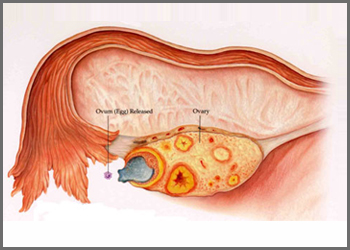
Intrauterine Insemination with Husband/donor semen (IUI)
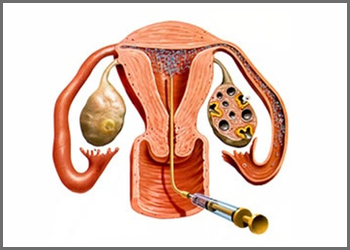
Laparoscopy

Hysteroscopy

Invitro Fertilization (IVF)

Intra- cytoplasmic Sperm Injection (ICSI)
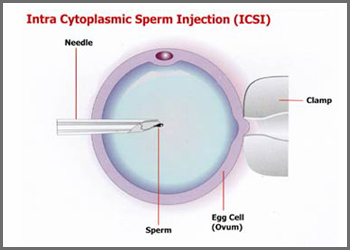
Cryopreservation of Sperm, Oocyte, Embryo
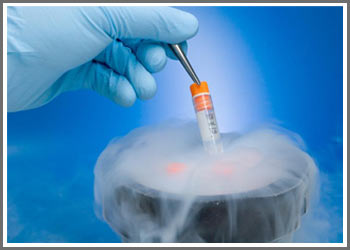
Testicular Sperm Extraction

Ovum Pickup
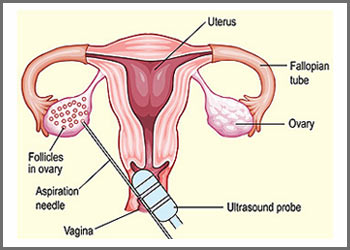
Embryo Freezing


DR.C. GOPALAKRISHNAN
ANDROLOGIST

DR.J. JEYACHITHRA
FERTILITY SPECIALIST & OBSTETRICIAN

DR. ANANDKUMAR ANNAMALAI
ENDOCRINOLOGIST

DR.J. JEYAMITHRA
EMBRYOLOGIST
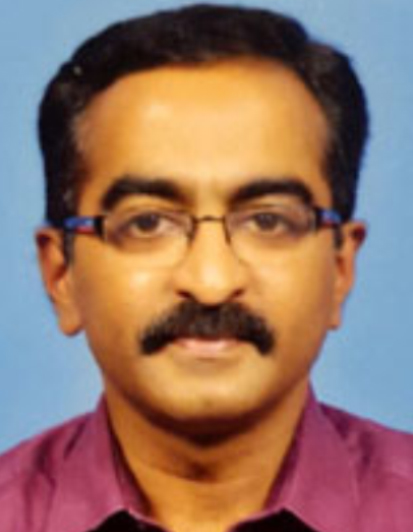
DR.M. CHELIAN
ANAESTHETIST
FAQ ABOUT FERTILITY
Treatment of infertility depends on the cause.
- Ovulation Induction – The ovaries are stimulated to produce eggs using tablets or injections
- IUI – Sperms are deposited inside the uterus at the time of ovulation to increase the chances of fertilisation
- IVF -Eggs are collected from the lady and mixed with the sperms taken from the husband. Fertilisation happens outside the body to form embryos. Good embryos are transferred into the uterus.
- ICSI – One sperm is injected into each egg to form embryos. Embryos are then transferred into the uterus.
Male factor – 30%, Ovulatory – 20%, Tubal & other factor- 20%, Unexplained- 30%.
- A woman’s most fertile time is during ovulation. Ovulation typically occurs within day 11 through day 21 of a woman’s cycle.
- Counting from the first day of a woman’s last period, day 1 is the first day a woman starts bleeding, and the 11th day is most likely the earliest day a woman will ovulate.
- The 21st day is most likely the last. A woman’s period comes between the 28th and 32nd day of the cycle. This pattern may differ slightly with each woman depending on a variety of factors.
The couples history and examination provides valuable information. Initial investigations include:
- Husband seminal fluid analysis
- Blood tests in the female partner to check ovarian function
- Special ultrasound to check the uterine cavity, tubes and ovaries
- Heavy exercise such as aerobics, jogging, weight lifting etc. is prohibited during ovarian stimulation and until the pregnancy test results are known.
- Smoking should be stopped before ovulation induction begins. It is highly recommended to discontinue tobacco intake at least 3 months prior to an IVF cycle.
- Alcohol and should be avoided during pregnancy and infertility treatment. Drinking alcohol is not advisable from the time fertility medications are initiated until the pregnancy test is conducted.
- Some medications may interfere with the fertility medications prescribed, some are not safe to use before an operation or medical procedure, and others might interfere with ovulation or pregnancy implantation. If you are taking any medication, prescription or over-the-counter, please inform your physician.
- Herbal supplements are absolutely prohibited during IVF Cycles.
If we are using a fresh specimen the day of the retrieval, antibiotics help to protect the woman from infection and reduce harmful bacteria during IVF. If we are using a frozen specimen or you are having a frozen embryo transfer, the husband / partner will not need antibiotics.
The blood pregnancy test is performed 14 days after the egg retrieval.
Egg retrieval is a rapid procedure. Typically egg retrieval will take around 20-30 minutes. But, the length of the procedure may vary depending on how many follicles are present, how easy is it to reach the ovaries with the ultrasound probe.
Egg retrievals are performed under anaesthesia. Our anaesthesia specialists use medications which heavily sedate you. You will be “asleep” during the retrieval process.
We do not offer IVF for patients older than 45. Your physician will recommend an appropriate fertility treatment for you depending on your medical history and FSH levels.
The cost of IVF depends on the treatment and options selected. For IVF pricing information, please visit our nearest centre.
Usually the patients are asked to wait one or two complete menstrual cycles before beginning another ART cycle.
IVF is originally for women with blocked or missing fallopian tubes. It is also used for other conditions such as endometriosis, male factor infertility and unexplained infertility in which no medical cause for infertility can be found.
If you become pregnant, you will be asked to return to the clinic for a repeat blood test and an ultrasound to ensure the successful ongoing pregnancy. After confirming a fetal heartbeat you will be referred to an obstetrician for the remainder of the pregnancy.
Fortunately, 20-plus years following Louise Brown’s birth (the first IVF baby), we now have ample data that children conceived through IVF have no increase in the number of birth defects in humans.
